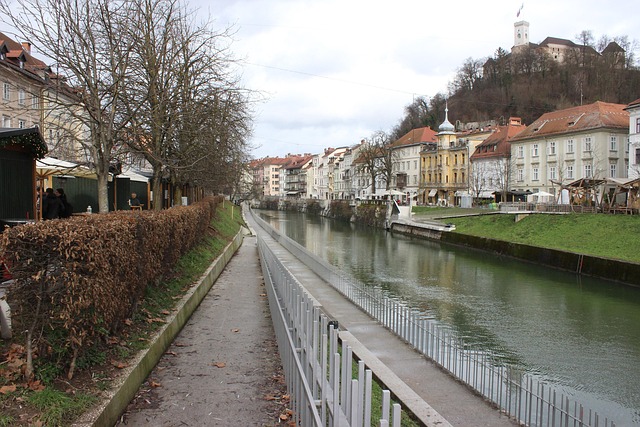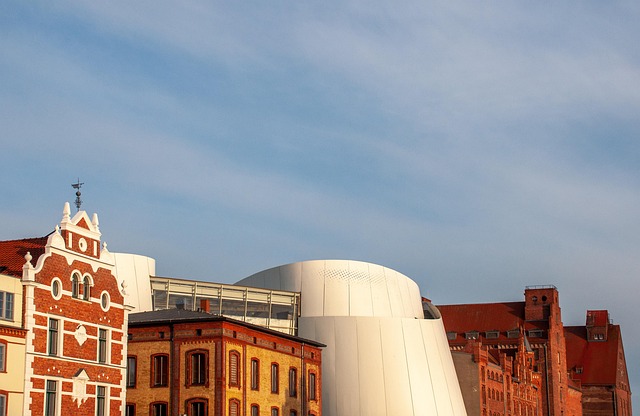Karachi, Pakistan's economic hub, maintains a diverse gas supply network including local production, pipeline imports, and LNG to meet its substantial energy demands. While this ensures stability for the city's large population and industrial sector, rapid urbanization presents challenges. Pipeline leaks, technical issues, and occasional supply disruptions are common. Integrating renewable energy sources further complicates gas availability. Despite these hurdles, investments in infrastructure development and diverse energy mix strategies signal enhanced energy reliability and sustainability for Karachi's future.
In Karachi, access to reliable natural gas has long been a pressing issue, particularly in neighborhoods like Nazimabad. The city’s gas infrastructure, while extensive, faces challenges that hinder widespread availability. This article delves into the intricate web of Karachi’s gas supply landscape, focusing on Nazimabad’s unique struggles and exploring potential solutions. We examine community-driven initiatives alongside proposed strategies to enhance distribution networks, aiming to illuminate a sustainable future for gas access in this bustling metropolis. Key keywords: #Karachi #GasAvailability #Nazimabad
- The Gas Supply Landscape in Karachi
- – Overview of gas infrastructure in the city
- – Current status and challenges faced
The Gas Supply Landscape in Karachi

Karachi, as Pakistan’s economic hub, boasts a diverse and complex gas supply landscape. The city’s energy demands are met through a combination of local production, pipeline imports, and liquefied natural gas (LNG). This multifaceted approach ensures a relatively stable gas supply for its vast population and industrial base. Local gas fields in the surrounding areas contribute significantly to Karachi’s energy security.
However, navigating the gas supply landscape in Karachi presents unique challenges. The city’s rapid urbanization and increasing energy demands have put pressure on existing infrastructure. Pipeline leaks, technical glitches, and occasional supply disruptions are not uncommon. Moreover, the integration of renewable energy sources remains a work in progress, adding another layer of complexity to Karachi’s gas availability. Nonetheless, ongoing investments in infrastructure development and diverse energy mix strategies promise to enhance the city’s energy reliability and sustainability in the long term.
– Overview of gas infrastructure in the city

Karachi, Pakistan’s bustling metropolis, has witnessed significant transformations in its gas infrastructure over the years to meet the growing demand. The city’s gas network is a complex web of pipelines, storage facilities, and distribution centers strategically located across various neighborhoods. This robust infrastructure ensures a steady supply of natural gas for residential, commercial, and industrial purposes, contributing to Karachi’s vibrancy and economic growth.
The availability of gas in Nazimabad, a vibrant area within Karachi, is facilitated by this extensive network. Local residents benefit from reliable gas connections for cooking, heating, and various industrial activities. The efficient distribution system enables the timely delivery of gas, enhancing the overall quality of life for Nazimabad’s folks while supporting local businesses and industries that thrive on this essential energy source.
– Current status and challenges faced

In Nazimabad, Karachi, the current gas availability scenario presents a mix of progress and challenges. While significant strides have been made in expanding gas infrastructure, connecting more households and businesses to natural gas networks, several obstacles still hinder full realization of this essential utility’s potential. The primary challenges include aging distribution pipelines requiring urgent repair and replacement, and the persistent issue of unauthorized connections, which not only affects overall system efficiency but also poses safety risks. Additionally, the remote or underdeveloped areas within Nazimabad continue to struggle with inconsistent gas supply, emphasizing the need for more inclusive and robust network extensions.
Karachi’s gas availability landscape presents both opportunities and challenges. The city’s vast infrastructure requires efficient management and expansion to meet growing demand. By addressing current issues, such as distribution network enhancements and ensuring reliable supplies, Karachi can harness its gas resources for sustainable development, bringing relief to residents and businesses alike.



